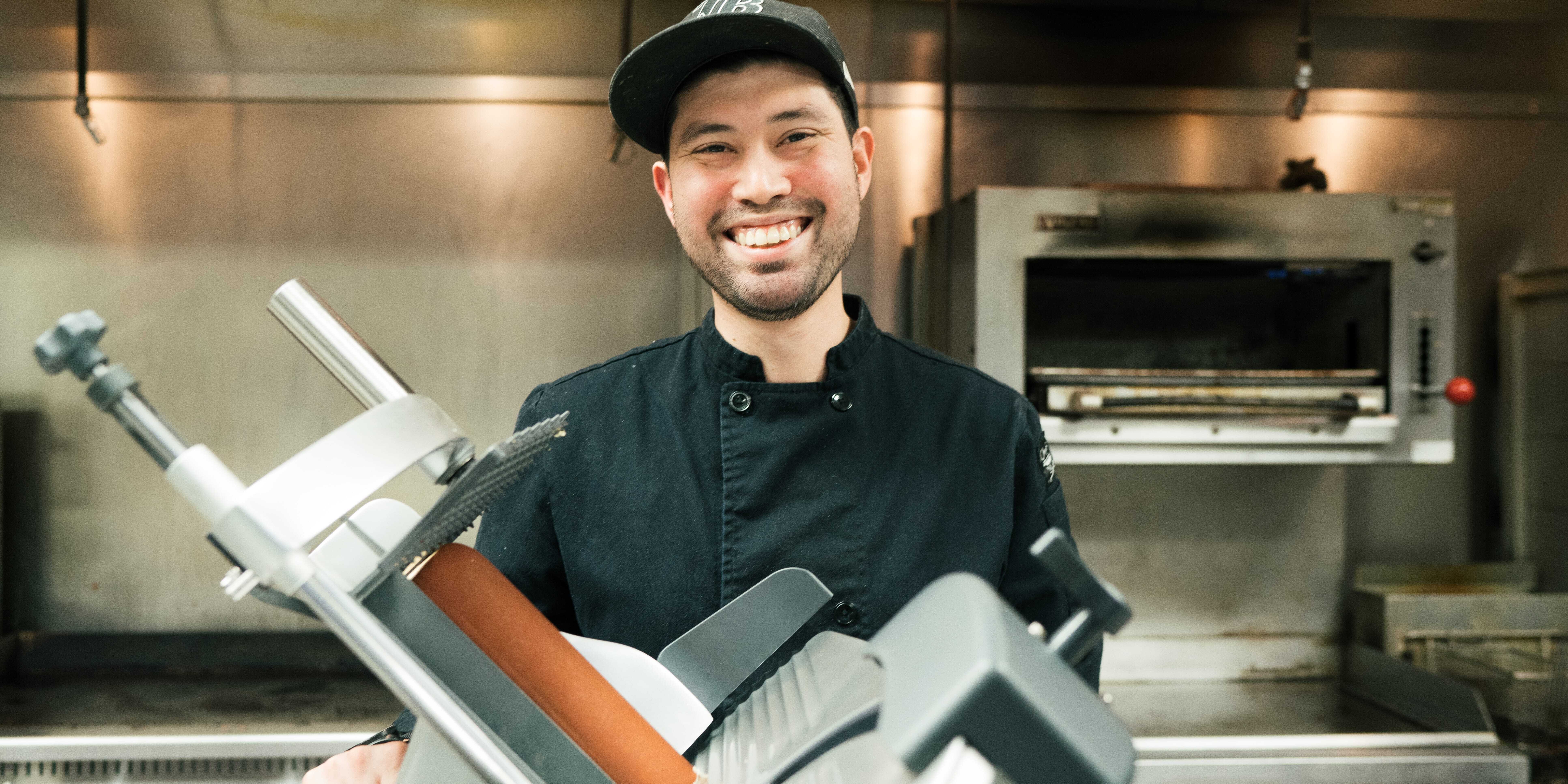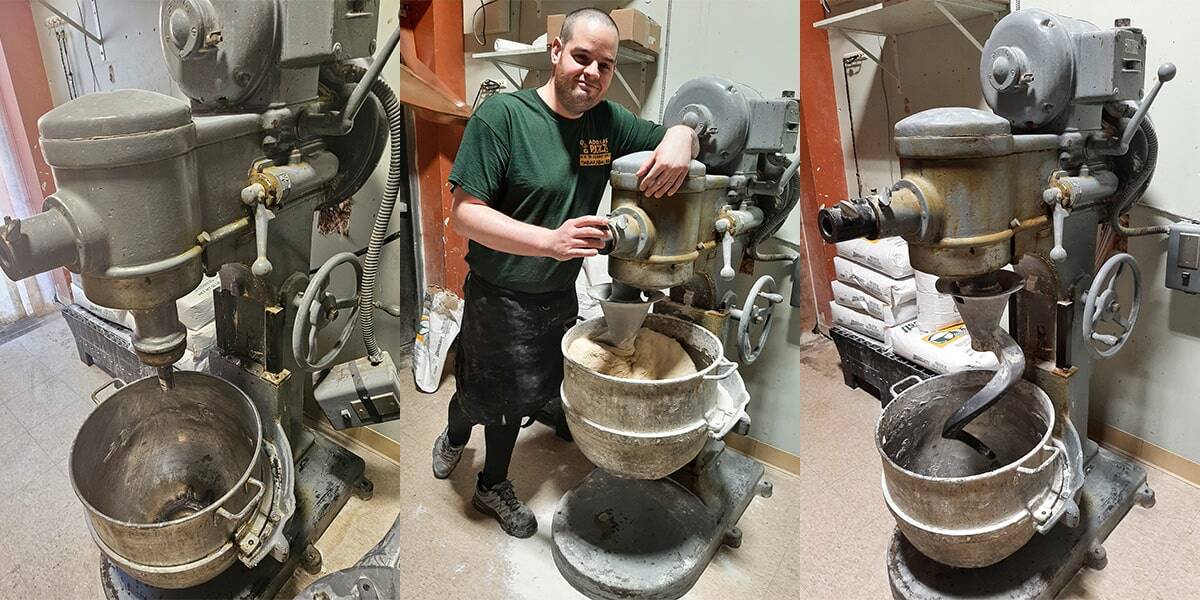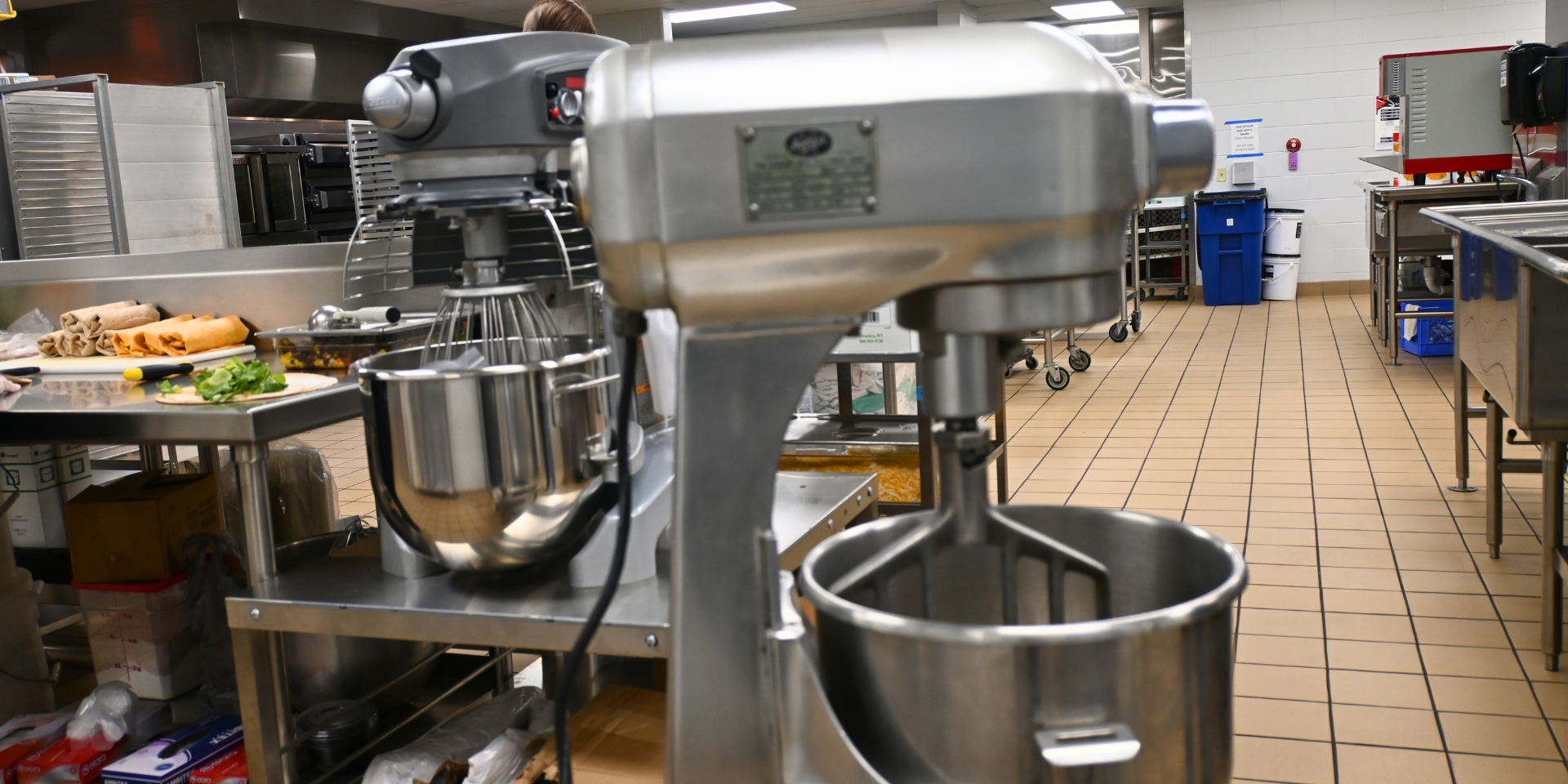In recent years, craft butchery has begun experiencing a renaissance, with local, independent butcher shops opening across the country. Fueled largely by consumers’ desire to know where their meat is sourced, butchers are moving toward purchasing responsibly cared-for livestock and offering freshly prepared primal cuts. This trend is encouraging many younger butchers to join the profession and develop their skills.
For the consumer, a local butcher shop provides access to custom cuts and counsel about how to prepare the meat properly. For butchers to be able to offer an array of products, however, it’s imperative to have the right equipment.
Planning for success
When building a butcher shop, there are many elements to consider. Having operational details in order is important, but safety is imperative. Butchers and their staff must have proper training to operate meat room equipment and be aware of processes to reduce the risk of foodborne illness. Equipment that provides operator assurance and is easy to clean is key.
Butchers also need to determine what equipment will meet their needs, taking into account multiple factors.
- Space. Many shops are small, with floor and counter space at a premium. Look at the available footprint for equipment and plan accordingly.
- Labor. Equipment should be easy to train staff to use and offer efficiencies if there is a lack of labor available. For example, it is common to double grind ground beef. If a shop has the space but not the labor, the butcher might consider a tandem setup that connects two grinders. This allows for loading the beef only once, giving staff the chance to focus on other tasks.
- Cost. Tight budgets are a reality in many independent butcher shops; however, buying less expensive equipment can often cost more in repairs in the long term. When possible, purchasing premium equipment can help ensure longevity of the product and improve overall performance.
- Application. The meat a butcher shop will process determines the appropriate equipment and accessories. If the butcher offers bone-in cuts, for instance, the blades on a meat saw will wear faster than if processing boneless cuts. It will be necessary to account for more frequent maintenance and blade costs.
- Volume. To achieve production goals, it’s important to have equipment that can support the volume of processing the butcher shop is planning. Buying too small of a grinder, for example, will mean processing multiple batches to get the job done. Investing in a larger grinder upfront can pay off over time through improved productivity.
There are key features in premium meat room equipment that can provide ease of use, peace of mind and quality performance. Consider these options from Hobart.
Hobart meat saws feature an integrated pusher plate that eliminates the need to handle product close to the blade, for added convenience and operator assurance. It also helps provide accurate, clean cuts and minimizes waste by allowing butchers to cut the full primal. The open-frame design can be easily and thoroughly cleaned.
Hobart meat grinders include Stay-Sharp knives and plates. The alloy steel construction of the knives keeps an edge longer and the plates can be re-sharpened. The grinders are easy to operate and offer precise results.
The Hobart meat tenderizer has multiple knife options to provide butchers greater flexibility in the cuts they produce, and they are easy to clean. Two interlock systems require the guard and motor housing to be in place to operate, adding more assurance for the operator.
Hobart slicers for the front of the butcher shop have an exclusive Zero-Knife exposure for added assurance when the butcher or staff is cleaning or sharpening the blade. A patented removable knife tool encases the knife when removed, protecting its edges. The knife can then be cleaned in a dishwasher or sink. Other removable parts, such as the meat grip assembly and ring guard assembly, make the slicers easy to clean and help minimize the risk of foodborne germs or cross-contamination.
When this equipment requires maintenance or repairs, Hobart has its own service team to answer questions and provide assistance. Learn more about Hobart Service and Hobart commercial butcher equipment.
About the Author
 Megan Gray is the product line manager for Hobart – Food Preparation Products. She has been with Hobart since 2017 and specializes in Hobart meat room, specialty and food processing equipment. See all her blogs here.
Megan Gray is the product line manager for Hobart – Food Preparation Products. She has been with Hobart since 2017 and specializes in Hobart meat room, specialty and food processing equipment. See all her blogs here.


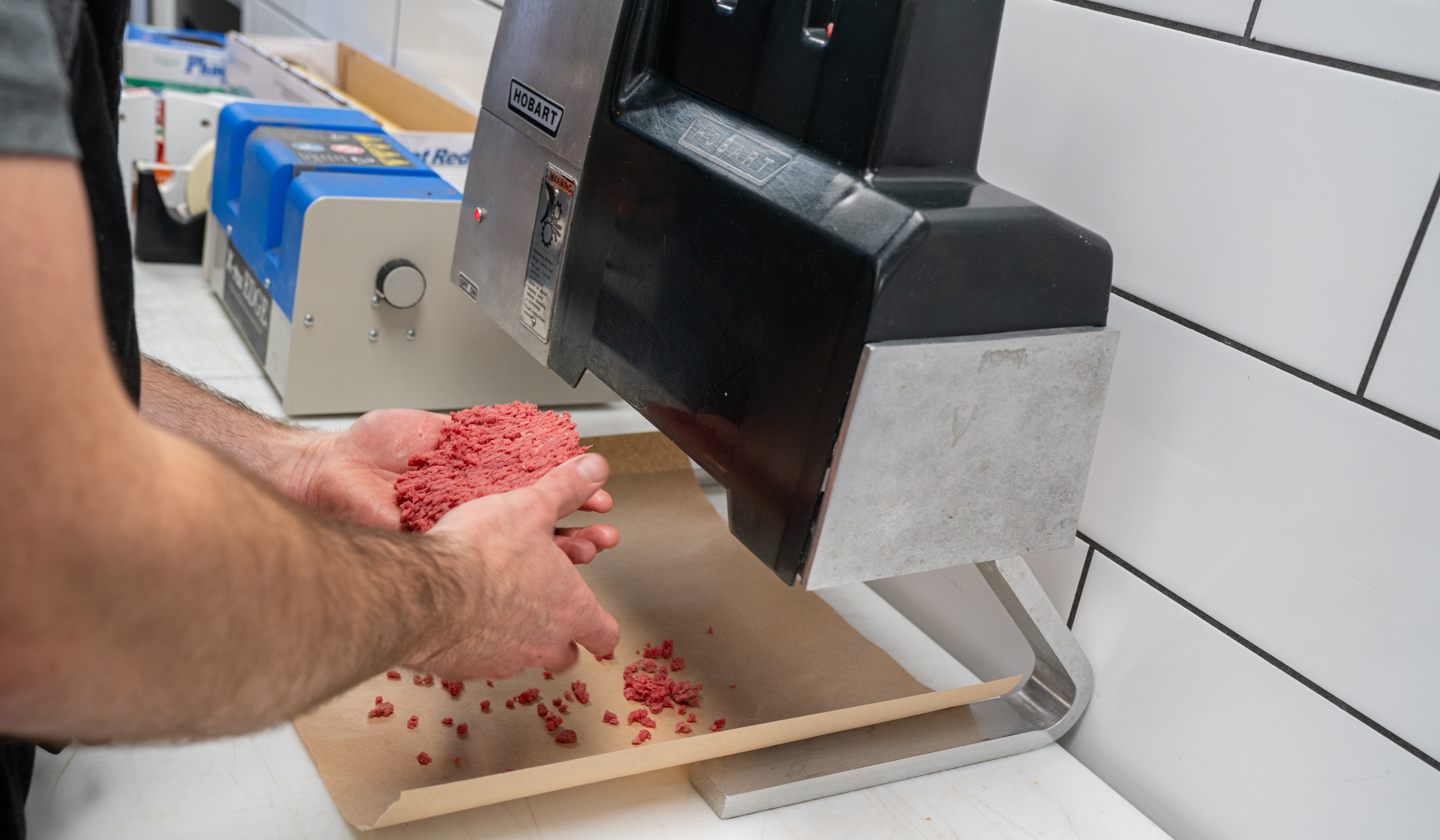

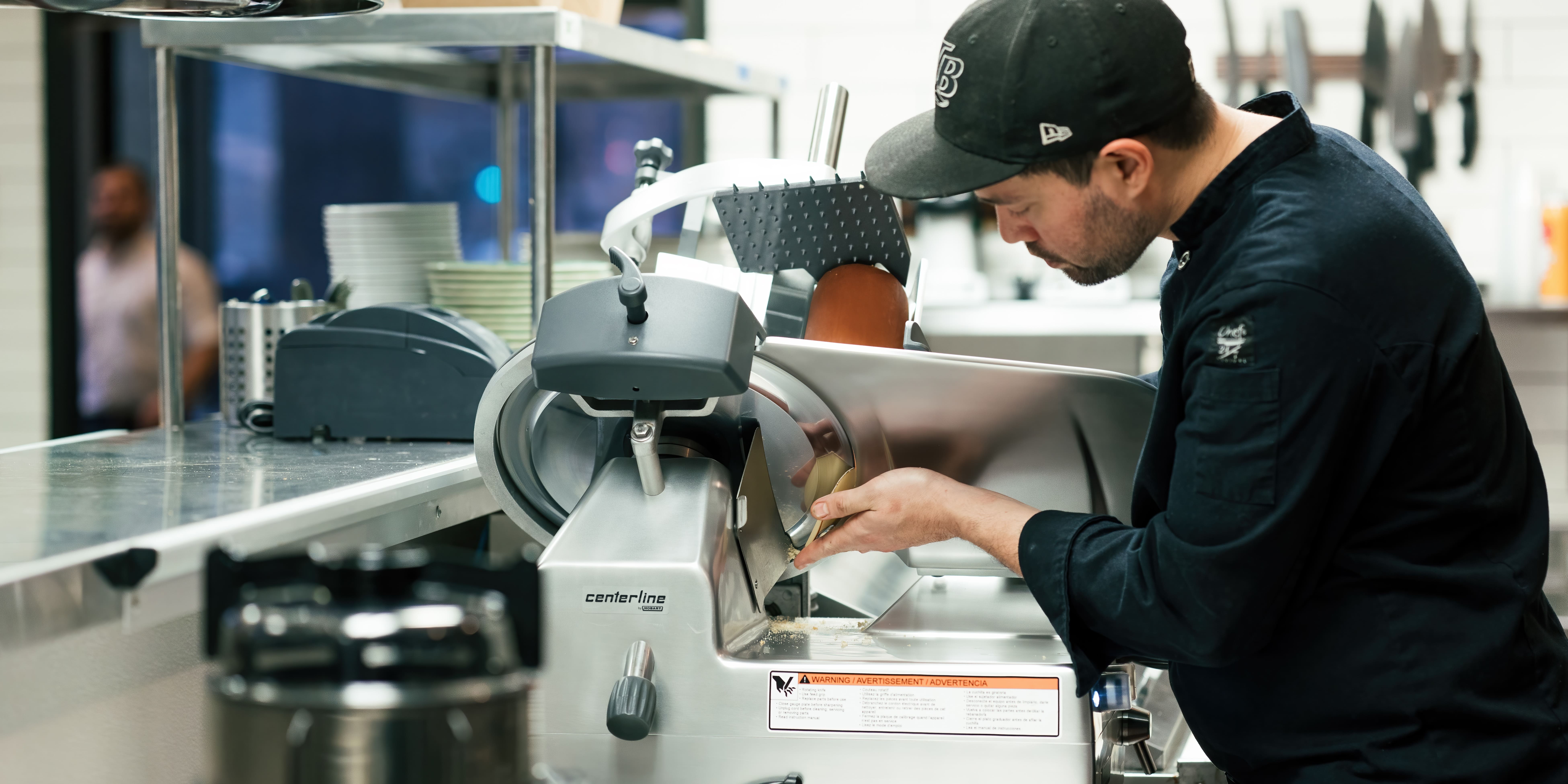
-min.jpg)
